Anima Mundi, Beauty News
Internal SPF: Foods & Herbs That Protect Your Skin from the Inside Out
For thousands of years, people protected their skin from the sun without a single drop of chemical sunscreen. Ancient cultures turned to nature — shade, clothing, and plants — to shield themselves from the elements.
Today, with stronger UV radiation and more skin concerns linked to sun exposure, we can look back to these traditions for inspiration. Beyond what we put on our skin, there’s also what we put in our bodies: a concept sometimes called “internal SPF.”
While sunscreen remains essential for safe sun care, certain foods and herbs can help fortify the skin from within — boosting its resilience, aiding recovery, and enhancing its natural defences.
A Short History of Sun Protection
- Ancient Egypt: Rice bran, jasmine, and lupine were used to brighten and protect the skin — modern science has confirmed these plants contain UV-absorbing and DNA-repairing compounds.
- Greece: Olive oil was both a beauty staple and sun protectant, offering a natural SPF of around 8.
- Asia: Silk masks, parasols, and herbal pastes like thanaka in Myanmar were everyday sun shields.
- Europe: From zinc powders to velvet masks, people sought both fashion and function in their sun-blocking methods.
While many of these older remedies wouldn’t meet modern safety standards, the idea of dietary and herbal support for skin health is timeless.
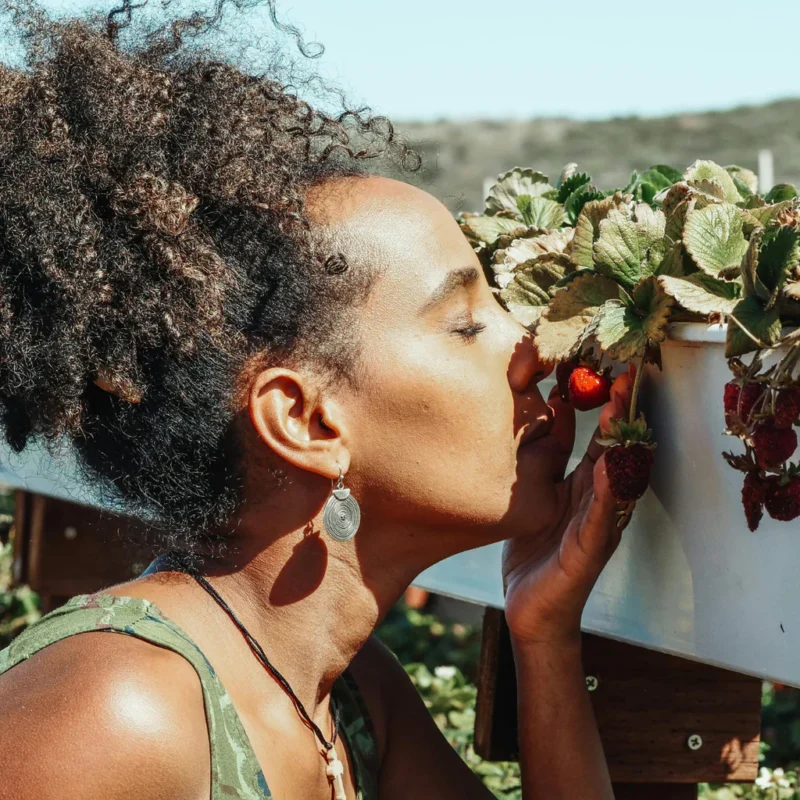
Why “Internal SPF” Works
Sunlight triggers free radical production in the skin, which damages collagen, DNA, and skin cells. Antioxidants and certain phytochemicals from plants can help:
- Neutralise free radicals before they cause harm
- Reduce inflammation from UV exposure
- Support collagen repair to maintain skin firmness
But let’s be clear — no herb or food replaces sunscreen. Instead, think of them as an extra layer of defence that works from the inside out.
Top Herbs & Foods for Internal Sun Support
Schisandra (Schisandra chinensis)
Adaptogenic berries rich in antioxidants (lignans, flavonoids) that help protect skin cells from UV damage and support stress resilience.
Green Tea (Camellia sinensis)
Catechins like EGCG can increase the minimal dose of UV needed to cause redness, while calming inflammation. Matcha is a concentrated source.
Hibiscus (Hibiscus spp.)
Packed with anthocyanins and vitamin C, hibiscus helps protect collagen and reduce UV-induced skin stress.
Rose (Rosa spp.)
Cooling and soothing, rose polyphenols fight inflammation and help calm sun-sensitive skin from the inside out.
Burdock Root (Arctium lappa)
A classic “blood cleanser” in herbalism, burdock supports the liver and circulation — key for skin clarity and recovery.
Gotu Kola (Centella asiatica)
Known for collagen support and wound healing, making it a valuable herb for skin structure after sun exposure.
Camu Camu (Myrciaria dubia)
One of the richest natural sources of vitamin C, helping collagen repair and antioxidant protection.
Turmeric (Curcuma longa)
Curcumin reduces UV-induced inflammation and supports long-term skin health.
Amla (Phyllanthus emblica)
An Ayurvedic rejuvenating fruit, high in vitamin C and gallic acid for antioxidant and collagen-protective effects.
Baobab (Adansonia digitata)
A nutrient-dense fruit rich in vitamin C and polyphenols, supporting skin repair and resilience.
How to Use These Allies
- Start the day with green tea or hibiscus tea
- Add camu camu or baobab powder to smoothies
- Sprinkle turmeric into meals for a golden antioxidant boost
- Enjoy rose or schisandra infusions as an afternoon tonic
- Pair a nutrient-rich diet with broad-spectrum SPF and sun-safe habits
The Takeaway
Herbal and nutritional support can’t block UV rays on their own — but they can help your skin cope better, repair faster, and stay more resilient over time. Combining external protection (SPF, shade, hats) with internal nourishment creates a truly holistic approach to sun care.
Discover Anima Mundi Herbals at www.dutchhealthstore.com to start building your own inside-out skin ritual.

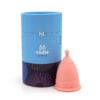

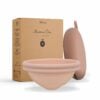


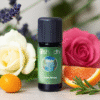




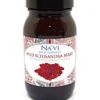













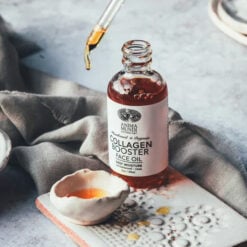
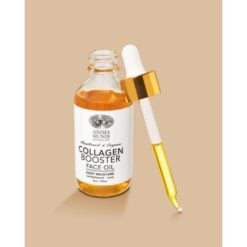


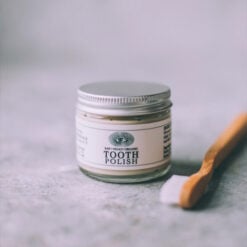
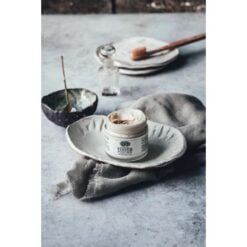


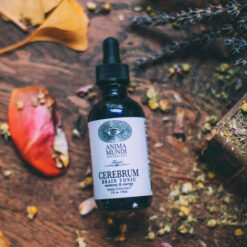
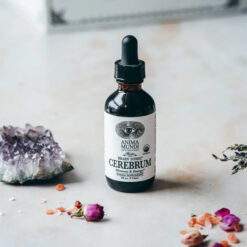



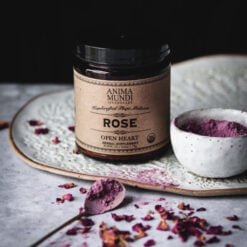
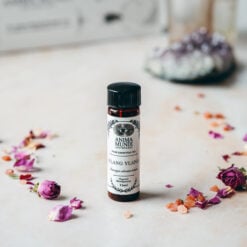
 Beauty Products
Beauty Products By Skintype
By Skintype Brands A-Z
Brands A-Z Wellness
Wellness Health / Nutrition
Health / Nutrition